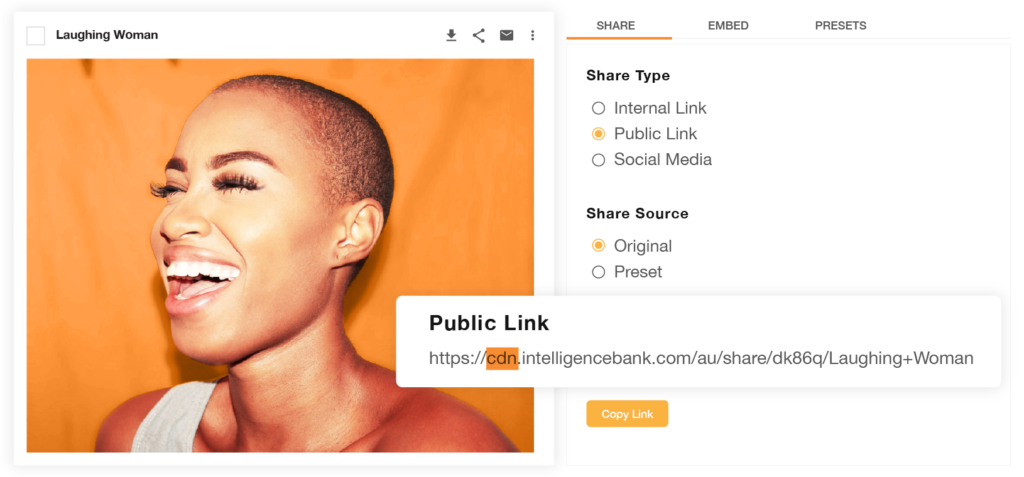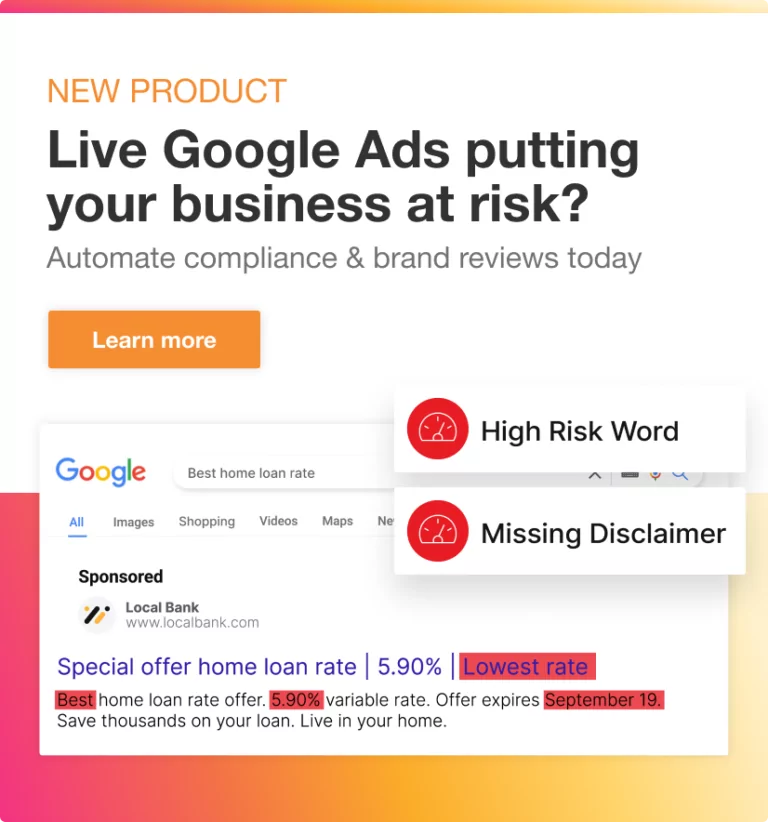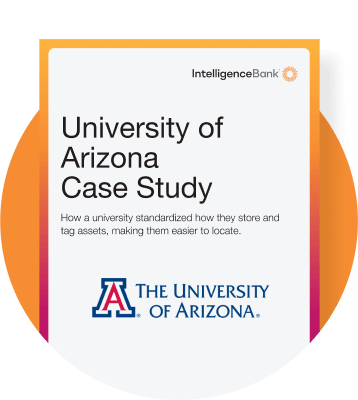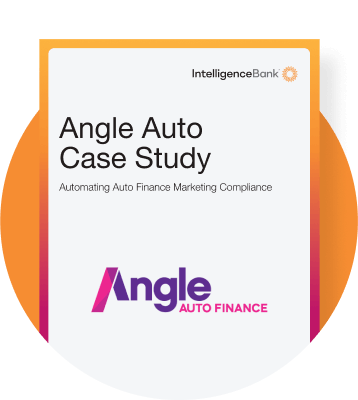If someone asked if you’d like an image sent to you via a CDN link, and you nodded diagonally, this article is for you. It will explain what CDN links, or Content Delivery Network links are, and why they’re a crucial tool for distributing content efficiently and securely across the internet.
There’s a ton of information about CDN links and their usefulness in website development and performance, however today we’ll focus on the role they play in creative Digital Asset Management systems (DAMs).
Content Delivery Network (CDN) concept
It’s important to establish the concept behind a Content Delivery Network. As the name suggests, a CDN is a network of servers strategically distributed across the globe to deliver content. These servers work in tandem to store and deliver digital content, such as images, videos and web development tools to users based on their geographical location.
You may also hear CDN links referred to as CDN-hosted assets or CDN-enabled URLs – they’re the same thing. They’re all web addresses pointing to resources, (images or videos etc.), that are hosted on a CDN rather than one primary web server. When users access content through CDN links, it’s fetched from the closest CDN server rather than your origin server, resulting in a faster and more reliable experience. The image on the right of the screen below shows how a CDN differs from a single server set up.

Why CDN links are great for DAM
While typically known for their use by web developers to enhance the performance of a website, marketers and creative agencies also use CDN links for distributing content from within their DAM. Most DAMs offer an option to share an asset via a CDN link as a simple ‘one click’ menu item, (as shown in the image below). So, it’s a super easy function with no configuration required.

Here are the most common uses and advantages of opting for a CDN link:
Faster asset delivery
DAM systems store a wide range of digital assets, including photography, graphics, videos, audio, documents, and creative files. These assets are often high resolution and make chunky file sizes. When you’re on the receiving end of a file, you want it to load in the blink of an eye, and this is what a CDN link delivers. By using CDN links, creative assets are cached (copied) on CDN servers distributed across the globe. When users access these assets, they’re delivered from the nearest CDN server which helps to dramatically speed up download times.
Asset version control
As we’ve established, the main advantage of a CDN link is that it enables assets to be updated really, really fast. But it also makes asset updates a breeze. Say you want to update an asset everywhere it is featured, if that asset is served on a CDN link you don’t need to take down every version of the image and re-upload a new version. You simply update the asset on the DAM and the asset is then updated everywhere the CDN link is used.
Global content accessibility
DAM users are very rarely all under the one roof. Most organizations have a mix of remote or international teams, clients, and partners. CDN links ensure that digital assets are readily available to users worldwide, regardless of their location.
Improved user experience
Faster asset loading times and reduced buffering for videos and multimedia files result in a smoother and more engaging user experience within the DAM system. And, because it’s a better experience, teams are most likely to not only use the DAM but love the DAM.
Load balancing
If your organization is transferring volumes of video content at the same time, a CDN distributes the load across multiple servers. This prevents the DAM system’s origin server from becoming overloaded during periods of high demand and ensures consistent performance and prevents downtime or slowdowns.
Enhanced security
By using a CDN, DAM systems can add an extra layer of security to protect against online threats. Most CDNs offer security against DDoS attacks, (when your DAM server is bombarded with bot requests causing it to crash), as well as Web Application Firewall (WAF) capabilities that reduce vulnerabilities in the DAM by analyzing and filtering incoming web traffic to prevent unauthorized access and attacks.
Analytics and reporting
CDN links enable DAM administrators to quickly see how often an asset has been used and when. These analytics and reporting tools allow teams to optimize their content delivery strategies.
Enhance marketing operations
As CDN links are focussed on the fast delivery of content, this has direct benefits to an organization’s entire marketing operations process. DAMs leveraging CDN links help to speed up approval times by getting the right version of creative to various approvers fast, as well as providing handy links to helpful assets within a creative or task brief.
How marketers use CDN links
Along with the benefits of seamless distribution, speed and security, CDN links enhance user experience when integrated with multimedia marketing materials such as video, audio or interactive digital assets.
Digital advertising
CDNs can be used to deliver online ad campaigns featuring rich media, such as videos, interactive banners, and other multimedia content, ensuring fast loading times and a smooth user experience.
Email marketing
When marketers send out email campaigns with embedded images, videos, or other assets, using CDN links for these resources can prevent slow loading and improve the overall email engagement.
Mobile apps
CDNs help deliver app content, such as images, app updates, and video content, to users of mobile applications. This not only improves app performance but it minimizes data consumption.
E-commerce
It’s obvious that providing a better online shopping experience leads to conversions. CDNs optimize the delivery of product images, videos, and other media assets to provide faster page loading and decreased customer frustration.
Webinars and virtual events
When hosting webinars, virtual events, or live streams, CDNs can be used to deliver video and multimedia content to participants, ensuring a seamless viewing experience.
Social media marketing
As social media is largely visual, the vast majority of posts contain images, videos, and other media. Using CDN links for these media assets can enhance the visual appeal and load times of social posts and ads.
Digital signage
Due to large file size, creative agencies distributing digital signage content for retail stores, airports, or other public spaces often use CDNs to dispatch material efficiently. CDN links also have the added benefit of being able to push out creative updates to all sites all at once.
Software and app downloads
CDNs are commonly used by companies offering software or mobile apps to distribute installation files as it ensures fast and reliable downloads for users.
Performance enhancing links
DAM users who have the ability to leverage a CDN infrastructure are armed with a powerful tool. They can effortlessly accelerate content delivery, and at the same time, boost digital performance, tighten security and reduce friction in the marketing operations process. This means that marketing teams can roll out campaigns faster, reach a global audience more effectively, and provide a seamless and engaging experience for their customers.
If you’d like to learn more about improving your content delivery using CDN links, we’d love to hear from you. Contact us.




